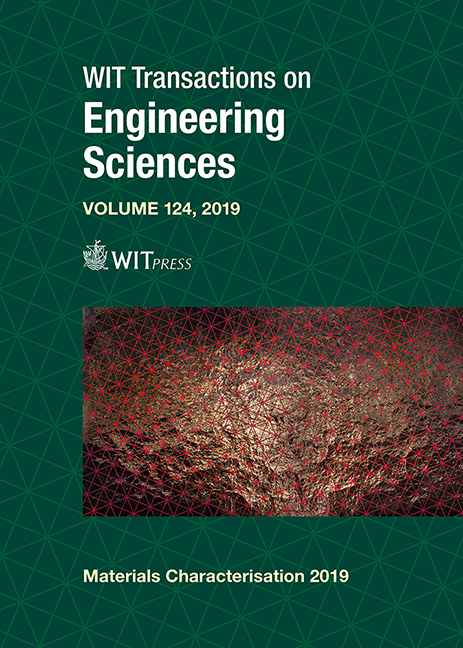A NOVEL TECHNIQUE FOR TESTING OSTEOINTEGRATION IN LOAD-BEARING CONDITIONS
Price
Free (open access)
Transaction
Volume
124
Pages
8
Page Range
187 - 194
Published
2019
Size
589 kb
Paper DOI
10.2495/MC190181
Copyright
WIT Press
Author(s)
GIULIA PASCOLETTI, GIANCARLO DI CHIO, ANTONGIULIO MARMOTTI, ALESSANDRO BOERO BARONCELLI, PIERO COSTA, ANDREA TANCREDI LUGAS, GIANPAOLO SERINO
Abstract
When a new material for the realization of an implantable device in the bone is being studied, in addition to its chemical-physical-mechanical characterization, tests regarding osteointegration are performed. Usually, researchers evaluate the ability of biomaterials to bind to the bone under load-bearing conditions, through animal experiments in the phase of a preclinical study, provided the respective authorization by the ethics committee. In more detail, plugs made of the material under investigation are prepared and implanted into a weight-bearing portion of the skeleton of animals (typically into the knee joint of goats, pigs, rabbits or dogs); after a pre-set time, the animal is sacrificed, the bone element is extracted, it is tested mechanically – generally by means of a pull-out test – and finally it is examined histologically. Mechanical tests often require demanding specimen preparation, which could bias results. In the scope of a research regarding the interface behaviour of a ceramic plug (two different ceramic plugs) compared to a titanium one, the authors have suggested a novel testing technique which allows to perform ‘push-in’ tests, instead of the more common pull-out tests. This methodology has been followed here to compare titanium versus ceramic plugs at different times from implant (0, 3 months, 1 year) into goat knees. As a result, the study reports the shear resistance of bone–plug interfaces. The statistical analysis of the data allowed us to establish that titanium plugs systematically exhibit a higher resistance (p<0.10); this resistance undergoes a significant increment as time passes (p<0.07) due to progressive osteointegration.
Keywords
mechanical test, bone–biomaterial interface, osteointegration





